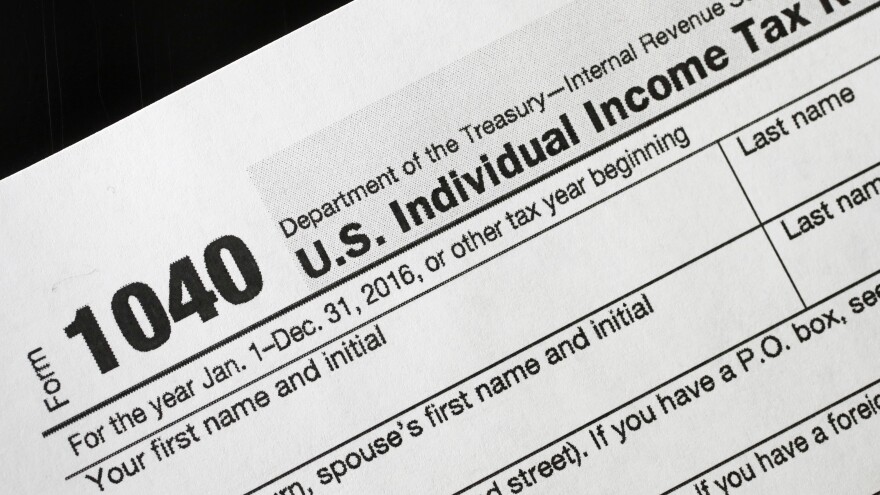There are several key changes coming to the next round of the Free Application for Federal Student Aid, or FAFSA forms, which is set to open on Dec. 31.
The U.S. Department of Education estimates that 610,000 new students will be eligible for a Federal Pell Grant. 1.5 million students will also be eligible to receive a maximum Pell grant award.
FAFSA will be doing away with its old Expected Family Contribution system to calculate how much students are expected to pay out of pocket. Now, financial aid eligibility for the 2024-2025 form will be based on a new model, called the Student Aid Index.
The new formula removes the number of family members in college from the calculation. It also implements separate determination criteria for Federal Pell Grants eligibility.
In order to estimate federal financial aid for 2024-2025, applicants can use the Federal Student Aid Estimator on the Federal Student Aid website. This tool estimates the Student Aid Index for 2024-2025 and any federal aid that a student may qualify for.
READ MORE: The updated federal student aid form has been simplified
A new term will be found on the form. A “contributor” is anyone —including the applicant, a spouse, and biological or adoptive parent — who is providing information on the FAFSA form.
All contributors will be required to consent to have their federal tax information transferred directly from the IRS to FAFSA. The new direct data exchange replaces the old IRS Data Retrieval tool. This applies even if someone doesn’t have a Social Security number, didn’t file a tax return, or filed a tax return outside the U.S.
Students will not be eligible for federal student aid without all contributors on the form providing their consent and approval.
Providing consent and approval does five things:
- You agree to share your personally identifiable information on the FAFSA form with the IRS.
- You agree to have your federal tax information transferred directly into the FAFSA form via direct data exchange.
- You agree to allow the U.S. Department of Education to use your federal tax information to determine aid eligibility.
- You agree to allow the Department to share your federal tax information with schools listed on your FAFSA form and state higher education agencies so they can use it to award and administer financial aid.
- You agree to allow the Department to reuse any federal tax information on other FAFSA forms you’re invited to contribute to.
Being a contributor does not mean that someone becomes responsible for paying for the education of the student applicant.
Grandparents, foster parents, legal guardians, siblings, and aunts and uncles aren’t considered contributors unless they’ve legally adopted the applicant. That caveat applies even if those people helped provide for and raise the applicant.
Applicants must make a StudentAid.gov account to apply — which can be created even without having a social security number. The 2024-2025 FAFSA form is expected to open on Dec. 31 and the federal deadline to submit the form is June 30, 2025.
Resources/tips on filling out the FAFSA
- To apply to the 2024-2025 form
- For Miami Dade County Public Schools
- For Broward County Public Schools
- For the School District of Palm Beach County
- For the Monroe County School District
- For scholarships and resources for undocumented students
- Check out this episode of NPR's Life Kit on how to fill out the FAFSA







